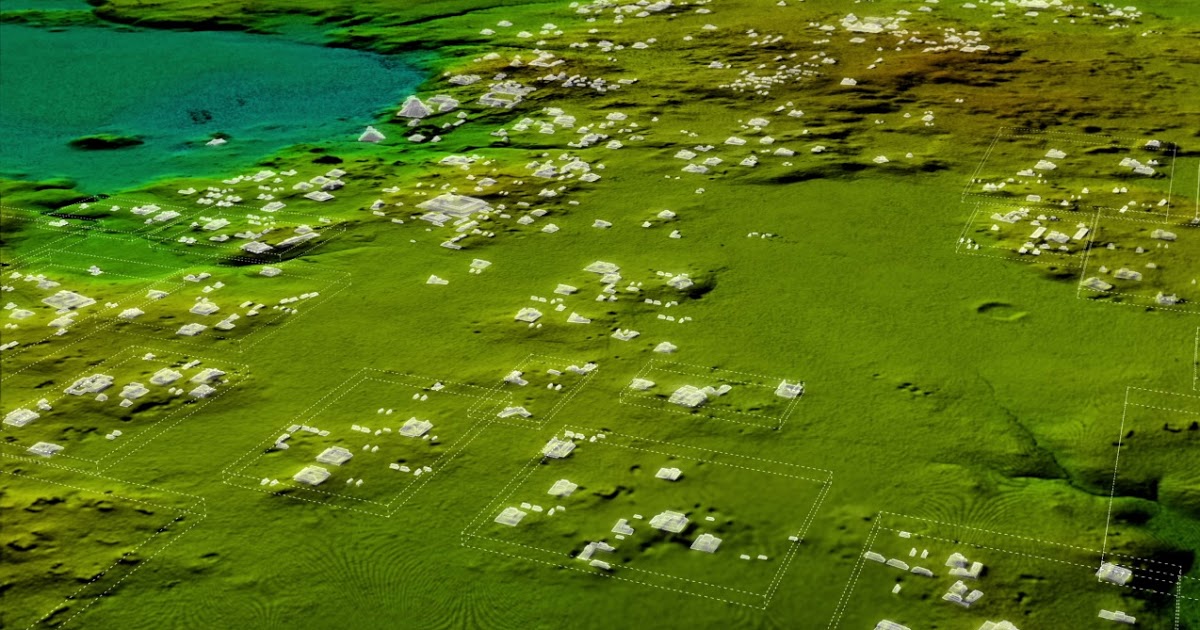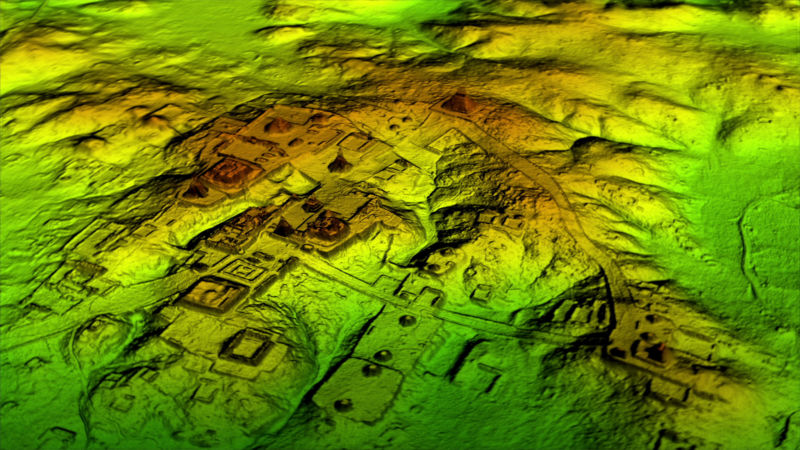Lidars helped discover thousands of Mayan buildings in the jungle of Guatemala

A recent survey of Guatemala's jungle with laser radars (lidars) helped to discover new Mayan cities that disappeared hundreds of years ago. We are talking about thousands of structures, including houses, irrigation canals, fortifications and even a pyramid. The total area of the surveyed area is 2000 square kilometers. These lands were studied from a bird's eye view.
Laser technology in archeology began to be used relatively recently. It is lasers that allow you to break through the crowns of trees and see what would remain hidden from human eyes for many years, or even decades. With the help of lidars, specialists examineremote objects using active optical systems that use the phenomena of absorption and scattering of light in optically transparent environments.
Scientists studied the jungle of Guatemala using an airplane. After analyzing the data, it turned out that the Mayan civilization may have been much more developed and densely populated than previously thought. About 60 thousand various objects are hidden in the jungle. Needless to say, many archaeologists are almost happy?
New data may slightly change our understanding of what the Mayan civilization was. The fact that they were skilled builders, farmers and builders has been known for a long time. But now, images of lidars show thousands of acres covered with irrigation canals, which undoubtedly were used in agriculture.
Historians knew that there were many Mayans, but they could not answer the question of how they could feed themselves. Now all this is explained - with the help of a complex system of irrigation canals and fields located over a large area. True, it is still necessary to answer the question of how and how the Mayans fertilized their lands. This question may seem unimportant, but actually answering it means understanding the essence of agriculture of those who lived in Guatemala and other South American modern states hundreds of years ago.
The ancient city of Tikal was much larger than archaeologists had expected. The first signs of the existence of this city were discovered in the 1960s. According to new studies, all previously found fortifications were much larger.
“Lidar really found this urban network, and now we have a lot more data than before,” said Harrison, research leader. In some places, water was pumped due to a minimal slope - so small that the difference between “exactly horizontal” and “under a slight slope” was almost imperceptible.

By the way, no matter how accurate the lidar readings, scientists will have to tinker enough in the ground, digging out some objects. This is necessary in order to verify the reality of the existence of detected objects. Images show that 30-40 objects were located on one square kilometer. True, not all of them were used at the same time - they are on the same land, but belong to different time periods. Now the task of specialists is to answer the question of how large the Mayan population was at the peak of its power.
At the moment, research using lidar is one of the largest, but not the only one. In 2009-2010, archaeologists Arlen and Diane Chase tested the technology in Belize. Well, scientists led by Richard D. Hensen examined using a lidar an area of 750 square kilometers. They plan to continue their research in March 2018.
“We spent more than $ 1 million and 15 years to map this territory, our plane flights quickly exceeded the time limit of 38 hours,” Hensen said. The more archaeologists work with lidar, the more secrets the Guatemalan jungle reveals to them. True, these secrets must still be studied and analyzed, only then can any conclusions be drawn. In the future, lidars can also be used to detect artifacts of other cultures on other continents - it seems that the potential of this technology for archeology is very high.
